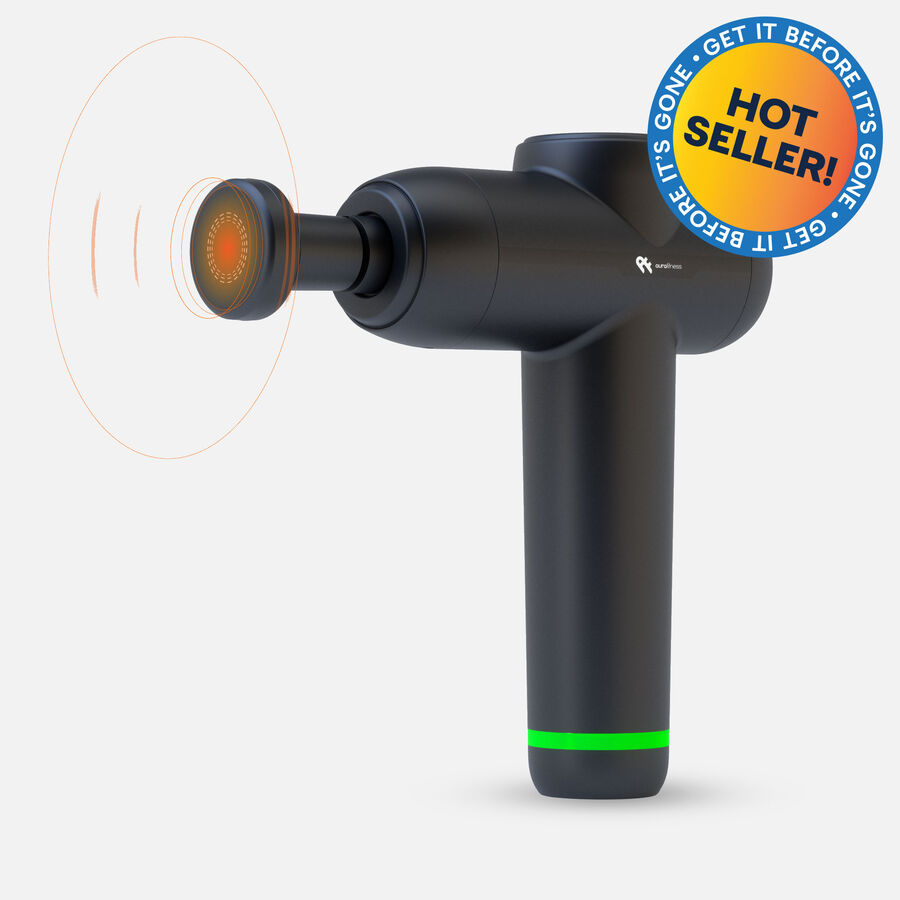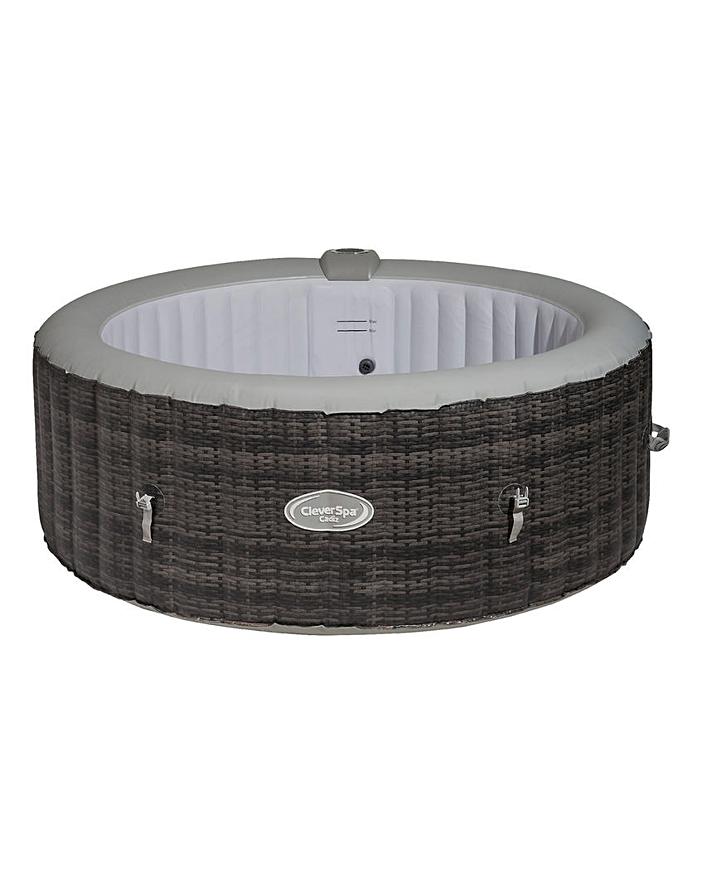Aura Revive Heated Deep Muscle Pain Relief Device – 30090
Patented infrared Technology+ Heat to relieve pain and heal 3X faster than other pain relief devices by promoting increased blood circulation. Deep tissue percussion pain relief.
The Aura Revive Heated Deep Muscle Pain Relief Device is the tool you need and the pain reliever you deserve. This state-of-the-art heated pain relief device uses heat+ percussion to target and heal pain points.
CUSTOMIZABLE THERAPY
Your Aura Revive is fully customizable. Change the strength of the percussion to suit your body’s needs and help relieve pain.
TARGET PAIN POINTS WITH INTERCHANGEABLE NODES
Charge up your pain relieving session by swapping out the percussive attachments. Use the flat attachment to cover more surface area or pinpoint a trouble spot with the cone attachment. Whichever you choose, you’ll get a customized pain relief every single time. Take your health to the next level with guaranteed FSA eligible Pain Relief products.
• Patented infrared Technology+ Heat to relieve pain and heal 3X faster than other pain relief devices by promoting increased blood circulation.
• Deep tissue percussion pain relief
• Whisper quiet technology
• 3 hours of battery life on one charge
• 8 interchangeable attachments for customizable pain relief.
Package Includes:
• Heated Pain Relief Device
• AC adapter
• 8 interchangeable nodes: ball, flat, bar, cone, and fork
• Carrying case






by Linda
Great purchase! Very good quantity and works so good!
by Dustin
This item was great for working out sore muscles. My wife enjoys a good back massage using this! I will be recommending it to everyone. If you have sore muscles and want to feel better and get better rest, look no further. It will clear the head of pain to be able to rest easy.
by Garrett
Comparable to Thera gun. Great battery life. Curious to see the durability as it is still new to me. Use it daily for sore muscles due to exercise.